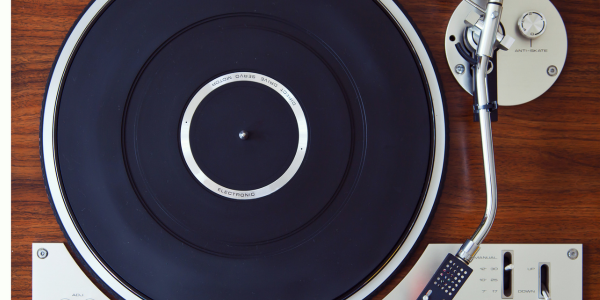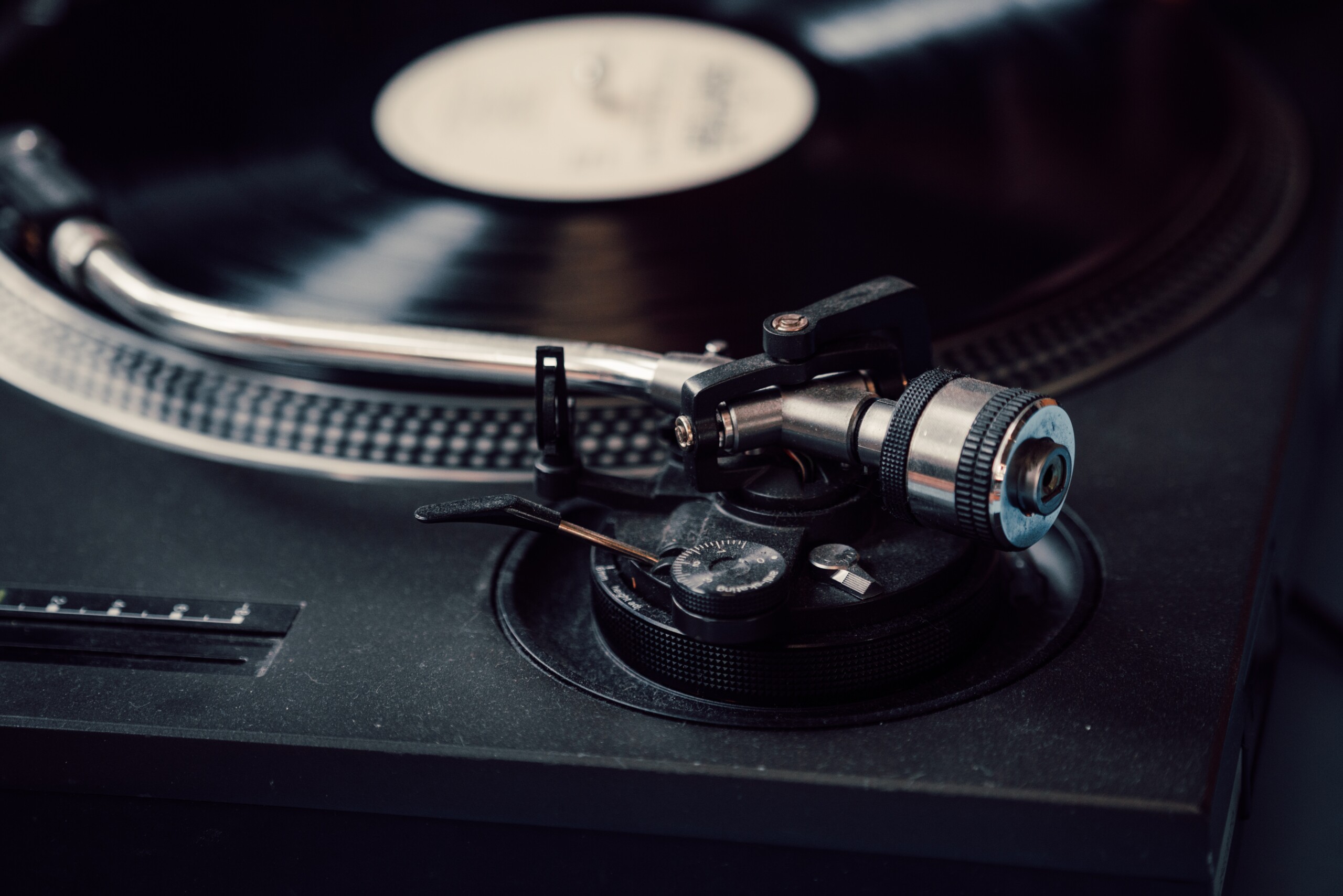Your basket is currently empty!

12 May Does older audio equipment have a better sound quality?
Audio equipment is essential in our pursuit of high-quality sound reproduction, whether for listening to music, viewing films, or improving our overall audio experience. With technological breakthroughs, we are continuously confronted with newer models that boast cutting-edge features and improved specifications. However, a common debate among hi-fi fans is if older audio equipment provides higher sound quality when compared to current versions.
In this article, we delve into this fascinating issue and investigate the aspects that influence sound quality in audio equipment. We’ll look at the attractiveness of vintage gear, technological developments in modern gear, and the importance of human preferences in sound perception. Furthermore, we’ll go over the importance of system compatibility and the value of taking both objective and subjective metrics into account when evaluating sound quality.
By the end of this article, you’ll have a better knowledge of the details surrounding this subject, allowing you to make more informed decisions about whether to buy older or newer audio equipment. So join me on this aural trip to discover the truth about the sound quality of vintage audio gear.
Sound quality refers to the subjective perception of the fidelity, accuracy, and overall appeal of reproduced audio. It is a highly subjective concept because individuals have unique preferences, biases, and listening experiences that shape their perception of what sounds “good” or “high-quality.” What may be pleasing to one person’s ears might not be the same for another.
Factors that contribute to sound quality:
- Frequency response refers to the range of audio frequencies that a piece of equipment can accurately reproduce. A wider frequency response, which captures both low and high-frequency features, often allows for a more authentic depiction of the original sound source.
- Distortion: Distortion is the modification or addition of undesired artefacts to an audio stream, which can degrade sound quality. It might appear as harmonic distortion (added overtones), intermodulation distortion (frequency mixing), or other types of nonlinear distortion. For realistic sound reproduction, lower degrees of distortion are often preferred.
- Dynamic range is the difference between the quietest and loudest sounds that a system can generate without distortion or noise. A greater dynamic range enables more detailed and nuanced playback, ensuring that gentle parts are clear and loud sections are not distorted.
- Tonal accuracy is the degree to which an audio system faithfully reproduces the original tonal qualities of a sound source. It entails precisely capturing the timbre, texture, and tonal balance of many instruments and voices. A tonal accurate system reproduces sounds with naturalness and balance.
These, and other elements, contribute to the overall sound quality of audio equipment. It is crucial to remember, however, that achieving ideal sound quality necessitates a delicate balance and synergy between many components within the audio chain, such as amplifiers, speakers, source components, and room acoustics.
Understanding these fundamental factors of sound quality lays the stage for investigating if older audio equipment has any advantages over current versions due to its distinct characteristics and design philosophy. Let’s delve deeper into the subject and discover the benefits of vintage gear in the pursuit of improved sound reproduction.
The appeal of older audio equipment
The nostalgia and historical charm that older audio equipment radiates is one of the key reasons why it continues to enchant fans. Many people have fond memories of antique turntables, radios, or cassette decks from their childhood or the golden age of audio. Owning and using vintage gear can inspire a sense of nostalgia, connecting us to the past and reminding us of analogue technology’s enduring fascination.
Vintage audio equipment is frequently praised for its remarkable craftsmanship and build quality. Many older versions were meticulously crafted with exquisite attention to detail and sturdy structure. High-quality materials were frequently used to construct components, such as solid wood cabinets, metal chassis, and precision-engineered mechanical elements. This level of expertise can add to vintage gear’s durability and endurance, making it an appealing alternative for audiophiles who appreciate long-term dependability.
Another noteworthy element of vintage audio equipment is the perceived “warm” or “analogue” tone. This view is based on features of older technology, such as vacuum tubes or specific types of analogue circuitry. Some listeners argue that older equipment provides a richness, smoothness, or harmonic distortion to the sound that adds a nice character. This characteristic is frequently connected with the “warmth” or “musicality” of older equipment, which can improve the listening experience for certain genres of music, particularly those recorded around the same era.
While this subjective perception of warmth varies from person to person, it contributes to the allure of older audio equipment for individuals wanting a specific sound signature or a deviation from the seeming clinical accuracy of modern digital systems.
The appeal of vintage audio equipment stems from a combination of nostalgia, historic charm, craftsmanship, and the attractiveness of a “warm” or “analogue” sound. However, in order to acquire a thorough grasp of the sound quality produced by both ancient and modern gear, it is necessary to include modern technological breakthroughs and improvements. In the following section, we’ll look at how technological advances in current audio equipment have influenced sound reproduction.
The advancements of modern audio equipment
The advancements of modern audio equipment
In recent decades, audio technology has made incredible advances, revolutionising the way we perceive sound. These technological advances have resulted in considerable gains in audio quality, convenience, and versatility. The following are some main areas where current audio equipment has advanced significantly:
- DSP (Digital Signal Processing): DSP has revolutionised audio processing by enabling for exact modification of audio signals. Modern equipment can perform advanced operations including as equalisation, room correction, temporal alignment, and surround sound processing using DSP algorithms. This level of flexibility allows for perfect audio reproduction tailored to individual preferences and room acoustics.
- Amplification: With the introduction of Class D and Class AB amplifiers, amplification technology has advanced dramatically. In comparison to older designs, these current amplifier designs are more efficient, consume less power, and generate less heat. They supply cleaner power, allowing speakers to work optimally and reproduce audio signals precisely.
- Speakers: Advances in materials, driver technology, and enclosure design have all aided modern speaker design. Improved driver materials and manufacturing procedures have resulted in greater precision, a wider frequency response, and lower distortion. Furthermore, unique enclosure designs and porting techniques improve bass response and overall sound dispersion.

Conclusion
In this article, we investigated if older audio equipment provides better sound quality than current versions. We began by discussing audio equipment and its relevance in producing high-quality sound. The key issue was then posed: “Does older audio equipment provide better sound quality than modern counterparts?”
To better understand sound quality, we investigated the aspects that influence it, such as frequency response, distortion, dynamic range, and tonal correctness. We talked about how these elements affect the overall audio experience and contribute to the perception of sound quality.
Next, we explored the appeal of older audio equipment. We highlighted the nostalgia and vintage charm associated with older gear, as well as the craftsmanship and build quality often found in vintage equipment. We also discussed the perception that older equipment has a “warm” or “analog” sound, which resonates with many audiophiles.
Moving forward, we examined the technological advancements in modern audio equipment. We discussed the improvements in digital signal processing, amplification, and speaker design, which have resulted in better accuracy, precision, and overall sound reproduction. We highlighted the advantages of modern equipment, such as enhanced efficiency, reduced distortion, and wider frequency response.
Throughout the blog, we emphasized the subjective nature of sound perception and the importance of personal preferences. We discussed how individual taste, musical preferences, and prior listening experiences can significantly influence the perception of sound quality. We also acknowledged the role of room acoustics and the listening environment in shaping the listening experience.
In conclusion, the question of whether older audio equipment has better sound quality than modern counterparts does not have a straightforward answer. Both older and modern equipment have their merits, and the choice ultimately depends on individual preferences, budget considerations, and compatibility within a system.
When choosing audio equipment, it is critical to consider aspects such as personal preference, compatibility, and overall system harmony. Comparative listening tests, expert guidance, and prioritising individual preferences are critical in locating the audio equipment that best meets one’s demands and delivers a pleasurable listening experience.
Remember that the pursuit of high-quality sound is a personal journey, with the ultimate goal of discovering a system that brings joy and promotes music enjoyment. Why not browse our shop to see if we have the perfect hifi equipment for you?

Sorry, the comment form is closed at this time.